Egyptian Artifacts

The discovered tombs varied, from tombs made of mud bricks to simple pits.
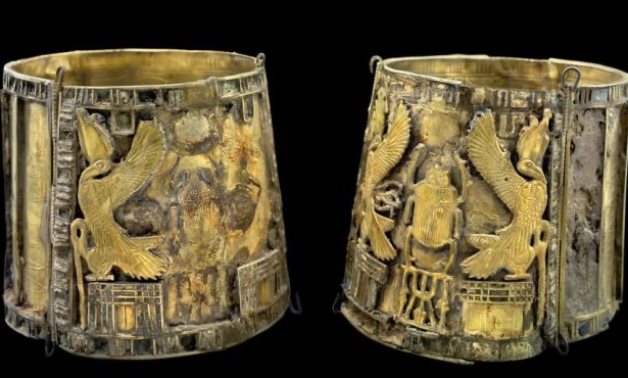
Egyptian museums houses a unique collection of artifacts.

The auction will be held under the title "Ancient Sculpture and Artwork Part Two".

Many of the ancient Egyptian artifacts were made in the form of a lotus flower.
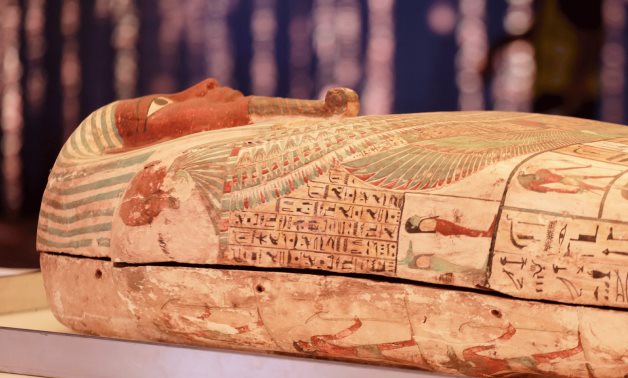
The exhibition will be titled "Golden Mummies of Egypt".

The Metropolitan Museum of Art in New York City is one of the most famous museums in the world.

The location of the discovery provides an element of mystery and suspense.

Cooking recipes dating back to ancient Egypt were characterized by their simplicity.
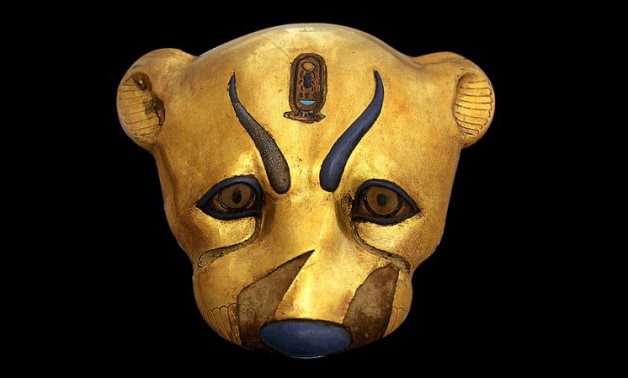
The leopard’s head statue was discovered in Luxor’s Valley of the Kings.

Everything seemed in harmony in Tutankhamun’s royal tomb, except one object.

One of the breathtaking artifacts found in Tutankhamun’s tomb is his golden throne made of gilded wood and decorated with colored glass and semi-precious stones.
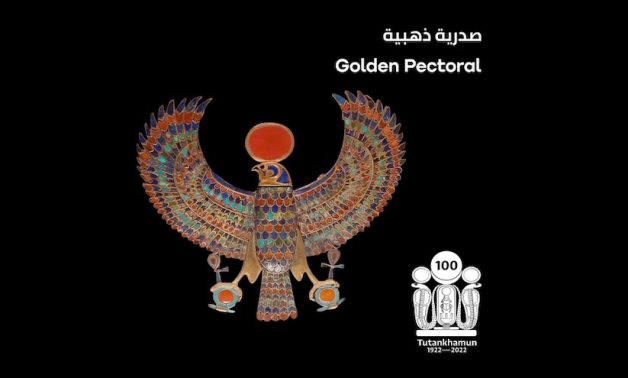
Most likely, this piece represents Horus, the falcon-headed deity of power and kingship.

This fan originally held ostrich feathers attached to it.

Queen Karomama II is the wife of King Takelot II and the mother of King Osorkon III.
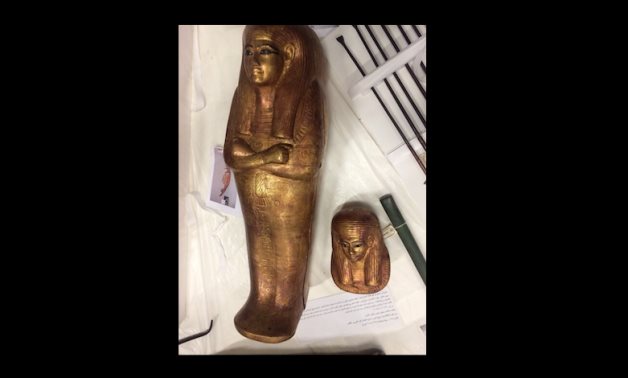
A decade ago, Sahar Selim, a radiologist in the Egyptian Mummy Project, examined the fetuses.

The object is made of gilded wood inlayed with carnelian, obsidian, and colored glass.

Its small size indicates that it was used by Tutankhamun when he was a child.

The vase is said to have an oval shape on a flat base, with a raised shoulder strap and a short, inclined neck and an upturned rim.

It was found in Tanis, Al-Sharqia Governorate, and it dates back to the Twenty-First Dynasty, the era of the Third Transition.

This beautifully crafted necklace is full of symbols and religious motifs.